With its Belt and Road Initiative diplomacy, China intensifies its engagement with the world by offering programs and exchanges for China Studies scholars and sinologists as part of the initiative’s people-to-people component, in this way allowing scholars to have an in-depth understanding of the country.
I had the opportunity to participate in one of these programs, the Visiting Program for Young Sinologists in Guangzhou. Started in the same year as when the BRI was introduced, VPYS gathers China Studies scholars and sinologists from around the world to further learn Chinese history, culture, language and literature, society, economy, politics, and international relations; and to use this platform to improve their researches. With the success of China’s pioneer cities like Beijing, Hangzhou, Chongqing and Shanghai in hosting VPYS groups, the program opened fellowships in other places like Zhengzhou and Xi’an in 2017—a Chinese signature way of testing its policy and programs. This year, first timer Guangzhou joins the roster of host cities. The program is hosted by the Ministry of Culture and Tourism of the People’s Republic of China, and in my case, organized by Guangdong Province and Jinan University. The fellowship primarily involves lectures, visits and tours, and independent study.

Our class in Guangzhou was composed of 31 delegates from 25 countries—Afghanistan, Argentina, Belarus, Benin, Brazil, Britain, Cote d’Ivoire, Ethiopia, India, Indonesia, Kazakhstan, Kyrgyzstan, Laos, Myanmar, Nigeria, Pakistan, Philippines, Russia, South Korea, Spain, Tajikistan, Ukraine, Uruguay, Uzbekistan, and Vietnam1—whose interests are very diverse but the area studies focus brought us together. Since we have different specializations, we were divided into four clusters: language and literature, history, politics and international relations, and economics. Each cluster was handled by respective colleges and schools of Jinan University. Half of the lectures were intended for the entire class, while the other half were given by sub-groups to focus on their disciplines.
During independent study schedule, individual consultations on a research paper were arranged with each participant’s assigned mentor. The School of International Studies welcomed us to visit the faculty at any time and was considerate in pairing us off with graduate student volunteers who assisted us with our research needs. We could also access the library for resources that helped give a Chinese perspective to our researches.
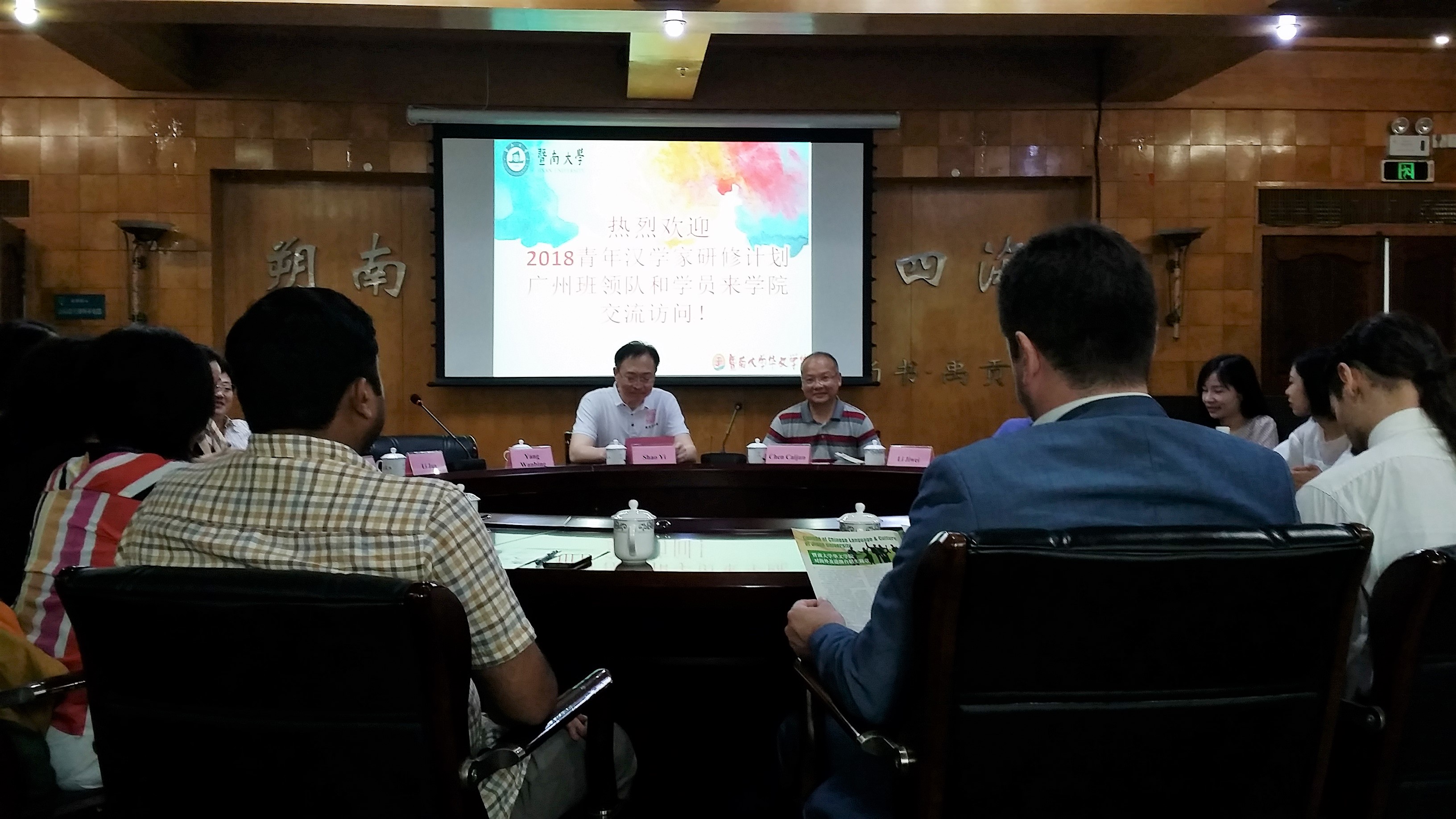
The changes happening at present in China are very much related to history, heritage, and traditions. The combination of lectures and tours provided us better understanding and appreciation of past and present China, and gave us idea of what China wants to do and how it relates itself to the world.
Unfolding history and culture
The first few days began with lectures from Professor Jiang Shuzhuo on traditional culture, Professor Wu Jinping on the tributary system of China and its collapse, and Professor Wei Jun on how the Guangdong maritime silk road reflected in the cultural relics. The class visited Guangdong Museum to see the relics for ourselves and learn about the Lingnan culture; Zhenhai Tower that houses artifacts of Guangzhou; and Yuexiu Park.
We were privileged to have a back stage pass to witness the preparations made by the artists at the Cantonese Opera Art Museum, who showed us basic theatrical movements.2 Certainly, the experience would be incomplete without watching the actual performance of The Monkey King. It was challenging to watch the show since most of us can comprehend Mandarin and not Cantonese, but subtitles in Chinese characters were provided at both sides of the stage.

On our second series of side trips, we traveled to Kaiping for its unique diaolou (fortified tower-house) and villages including Cangdong (of the Xie family) and Zili (of the Fang family) villages. Inscribed on the UNESCO World Heritage List in 2007, the city features Hakka culture and the integration of Chinese and Western architectural culture. The mansions and dialou’s are owned by overseas Chinese who came back from places like Hong Kong or the United States. Imported furniture, wares, and reading materials can be found inside their homes.
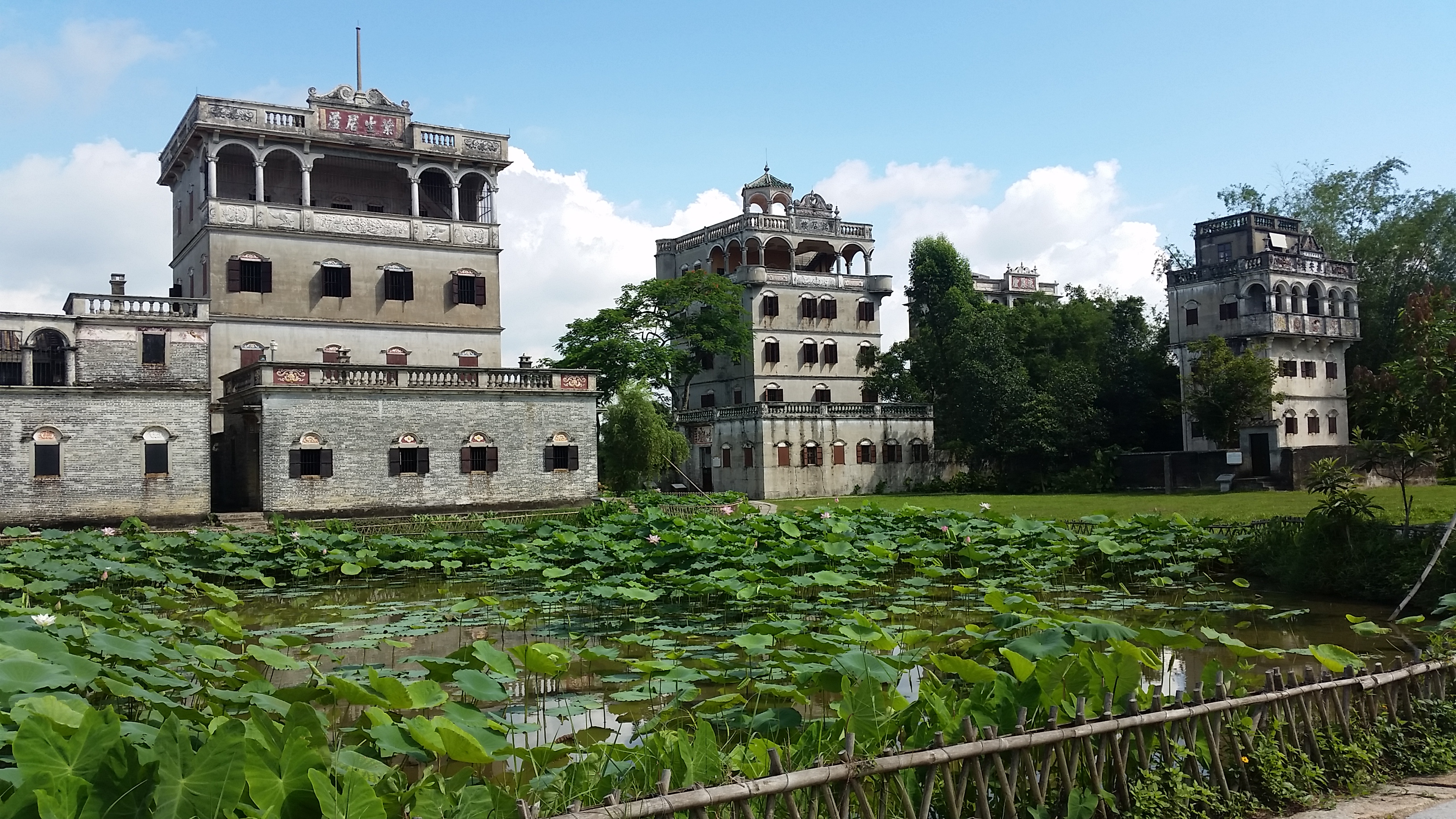
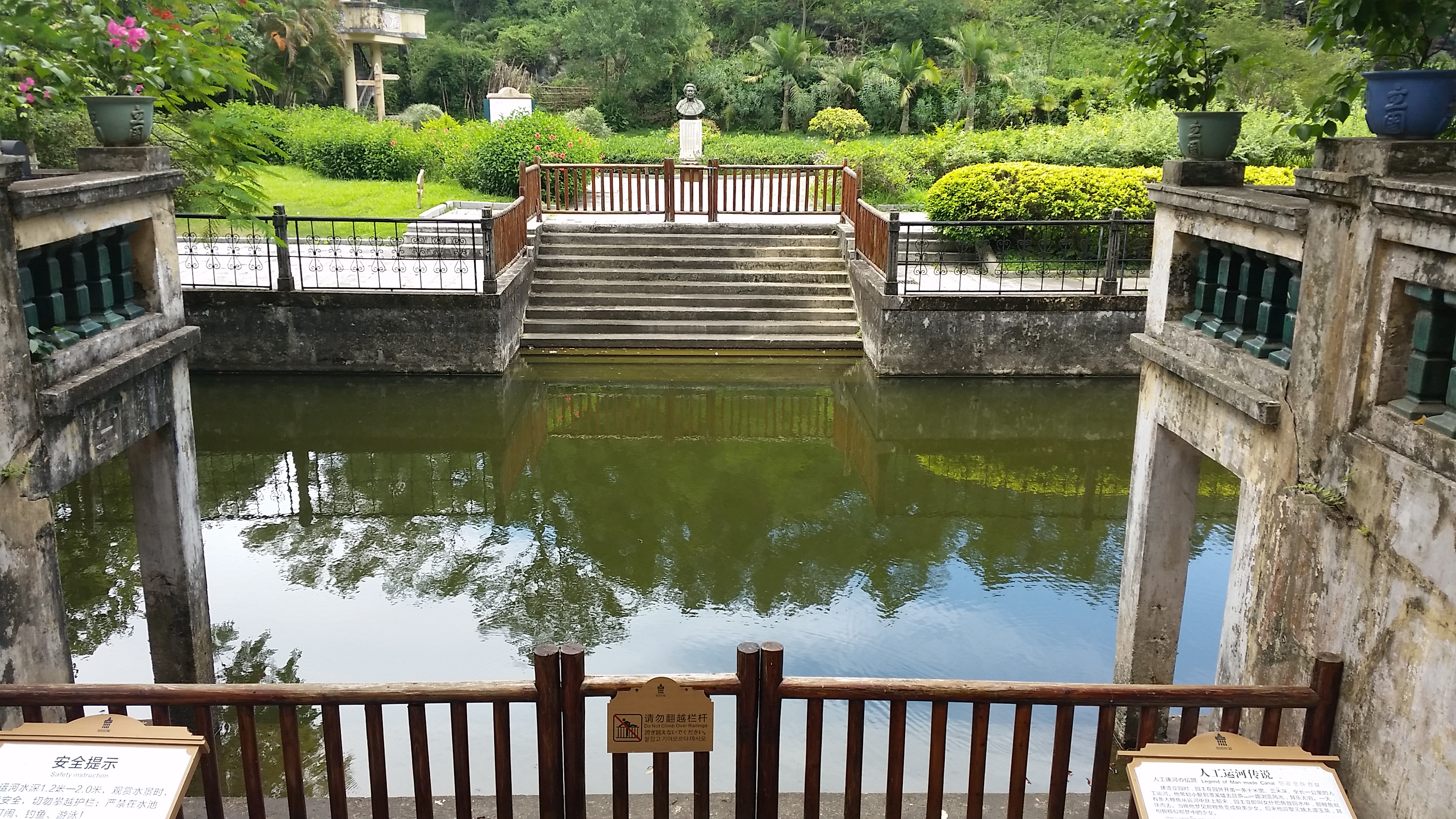
The Li Garden, which is owned by a US-based Chinese family, perfectly blends into the rivers, lotus ponds, and farm fields.
A main resource of the villages is remittances from overseas Chinese, which they invested to build houses, ancestral halls, and schools. These are now being managed by the government. According to the administrators of Cangdong Village for instance, their conservation does not resist change (i.e., the use of modern technology) but rather they try managing the pace of change in the environment.
During our stopover in Cangdong, the villagers entertained us with folk songs accompanied by Chinese musical instruments. While some of the class members were fascinated in painting clay chicken whistles for souvenirs, I personally enjoyed our first-hand experience in preparing sticky rice snacks.
Our cluster also went to Guangdong Overseas Chinese Museum to study the struggles of overseas Chinese, their contributions to the interaction of Chinese and foreign cultures, and China’s policy concerning their affairs.
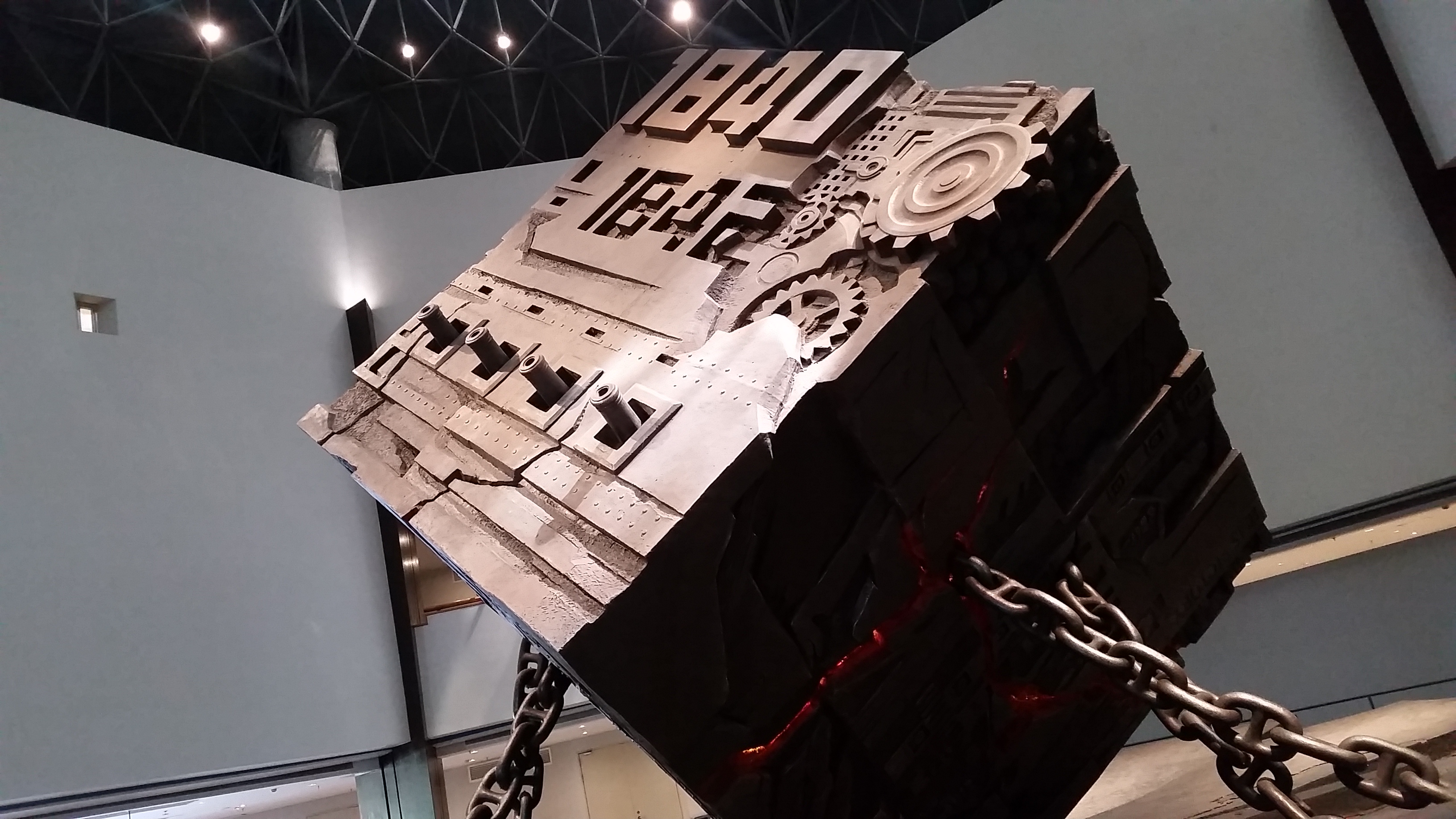
Our trip to Dongguan brought us to the Opium War Museum in Humen where we learned about a very important event in Chinese history. For the Chinese, their defeat during the Opium War forced them to enter into unequal treaties and to accept the treaty system of the West. Because of humiliation and deep suffering, a sense of victim syndrome was developed in Chinese mentality.
Among our last stops was Foshan Ancestral Temple where we learned Foshan history, architecture, and—what it is best known for—martial arts.
Contemporary China
Following a century of crisis, China found an opportunity to develop, as explained by Professor Zhuang Liwei in his discussion on transformation of society and politics in modern China. The class also toured the Sun Yatsen Memorial Hall to learn about his contributions during this development.
We learned about Chinese economics from the lecture of Professor Liu Shabo on China’s accomplishments and developing planning in recent years. The Chinese believe the country benefitted from their economic structure, however they claim they remain a developing country, thus there is still a need to improve particularly the standard of living of its population (i.e., employment, social insurance) and innovation in technology.
The lectures emphasized the success story of Shenzhen. The modern metropolis was our first point to visit during the program. The Shenzhen Museum presented its development and accomplishments since the reform and opening-up.
On the same day, we explored Songshan Lake in Dongguan. Songshan is a high-technology developed district where they practice ecological and green development. They oriented us on the advanced sewage treatment plant and their processes to treat water.
Professor Chen Guanghan discussed about the Guangdong-Hong Kong-Macau Greater Bay Area which featured China as one country with three financially independent places and three currencies. The River delta is responsible for manufacturing, while Hong Kong and Macau are engaged in marketing. Chen identified the advantages, challenges, and solutions in this kind of system. In the evening, the class cruised the Pearl River where we enjoyed a view of city lights and animated images projected from the buildings.
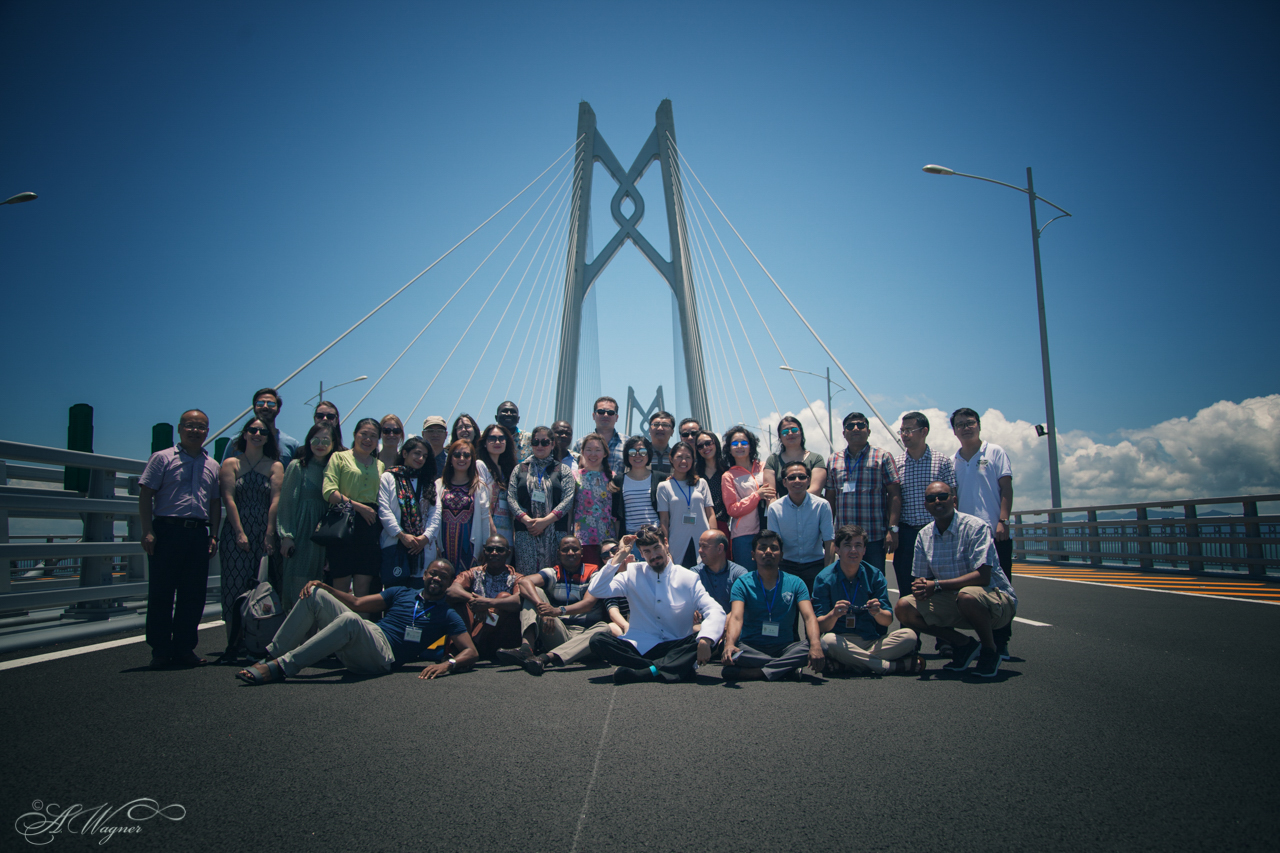
The world’s longest bridge-tunnel connects Hong Kong, Macau, and Zhuhai. It is still closed to the public but our class was allowed to visit the bridge and an artificial island for a study-tour. During our second meeting with Mr Wei Dongqing, he accounted the timeline of the establishment of the infrastructure. The engineer, who also sidelines as a poet, directly supervises the building and management of the bridge which will commence operations soon.2
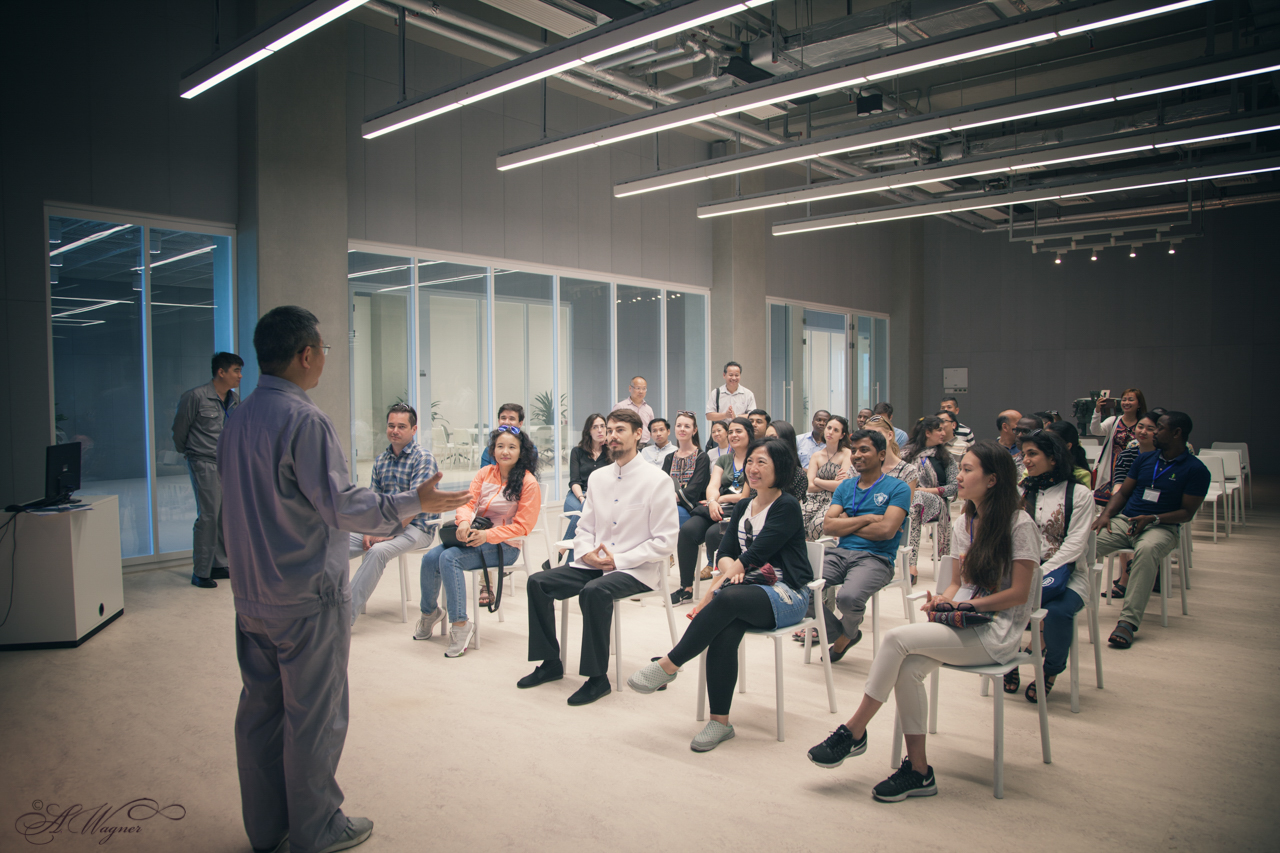
Our Politics and International Relations cluster also traveled to Shawan Ancient Town to learn about the management of Chinese grassroots community from the local Party members who administer the place.
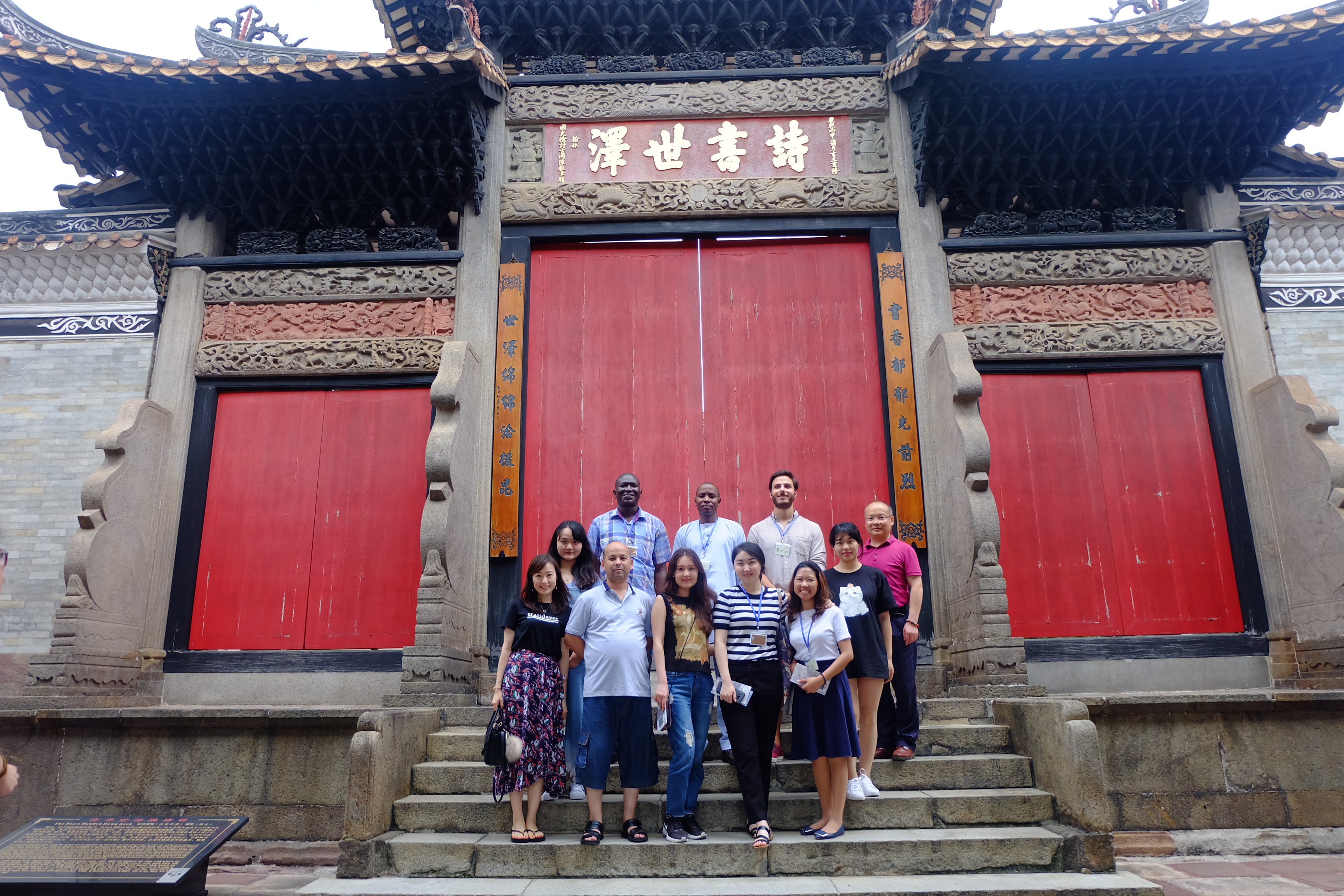
Indeed, the field visits provided us the comparison between the urbanized cities and the preserved towns in the countryside.
China in the World3
Professor Zhang Zhenjiang, Dean of the School of International Studies, discussed the old logic of China-world relations—China’s world and China and the world—in his presentation on the BRI from the perspective of International Relations. The latter pertains to China’s relations with the West in the 19th century. The period of deep suffering was the turning point that led the once great country to question and reflect on its own culture and system: Is Chinese culture wrong? How can one make the Chinese people stand equal with the West? How can China adjust to the modern development of the world? China needs to change because the world is changing.
Dean Zhang emphasized that China now sees itself as part of the world. And as part of the whole, China has a responsibility to the whole and not just to its own. It wants to make contributions to the world, and the BRI is one such contribution, he said.
Professor Ju Hailong further discussed the economic and social policy space of the BRI in the South Sea Rim of China, the importance of neighboring countries, and trade and economic cooperation with them.
Lectures and insights from renowned professors prompted healthy exchanges and discussions.
Summer in Guangzhou
Through this program, we not only built a network with Chinese colleagues but also friendships with 24 other nationalities. And that is one aspect of how the BRI is described by the Chinese. It provides opportunities for you to connect and interact with not just—not even necessarily—China, but with other countries as well.

We had an unforgettable time of our lives. And isn’t it the adventures in between and the friendships built that we remember the most? From sharing breakfasts at the Foreign Experts Building of the university to after-dinner walking to the supermarket or off-campus. From enjoying Halal meals with our Muslim friends to celebrating one of our colleagues’ birthday. From our bus being stopped by a law enforcer because of allegedly not wearing seatbelts to the never-ending PPT confusion during our research presentations. We managed our differences, celebrated similarities, and simply enjoyed our stay in Guangzhou.
But just when we began to know more about each other, and to create more memories to share, the program was about to end. But as they said, this is just the beginning for new-found friends and new-formed networks. We will surely cherish this fulfilling and enriching experience.
About the author: Grace Guiang is a research analyst of Asia Pacific Pathways to Progress Foundation, and doubles as Coordinator for International Exchanges Division. She earned her masters degree in International Studies from the University of the Philippines.
1 Two delegates from Afghanistan, Cote d’Ivoire, Ethiopia, India, Russia, and Vietnam
2 Photos at the Cantonese Opera Art Museum and Hong Kong-Zhuhai-Macau Bridge are contributed by Alex Wagner, a fellow VPYS delegate.
3 Zhang Zhenjiang, 中国的世界, 中国和世界, 世界的中国, The BRI from the perspective of International Relations, presented at the School of International Studies, Jinan University, on 14 May 2018.
